The world of sports is filled with many nuances, and among them lies the intriguing comparison between softball and baseball swings.
Though these two sports may appear similar at first glance, there are some subtle yet essential differences in their respective techniques that affect how players approach the game.
In essence, the softball swing tends to have a more compact motion with a shorter swing path, while the baseball swing focuses on generating maximum power with a longer, more fluid motion. This distinction impacts the way players position themselves, the timing of their swings, and the overall strategy they employ during games.
So, let’s dive into the mechanics of these two swings and explore what sets them apart. As you uncover the secrets behind each technique, you’ll gain a deeper appreciation for the art of both softball and baseball, empowering you to refine your own skills and enhance your performance on the field.
Understanding the Basics of Softball and Baseball
History and Popularity
Softball and baseball share a common ancestry, both deriving from early bat-and-ball games like rounders and cricket.
Baseball, often referred to as “America’s pastime,” gained widespread popularity in the United States in the 19th century.
Softball, on the other hand, emerged as a more accessible and inclusive alternative to baseball, with its origins dating back to 1887.
Rules and Objectives
The overall objectives of softball and baseball are the same: score more runs than the opposing team by hitting the ball and running around the bases.
However, there are some differences in rules and field dimensions, such as the distance between the bases, the size of the ball, and the pitching styles.
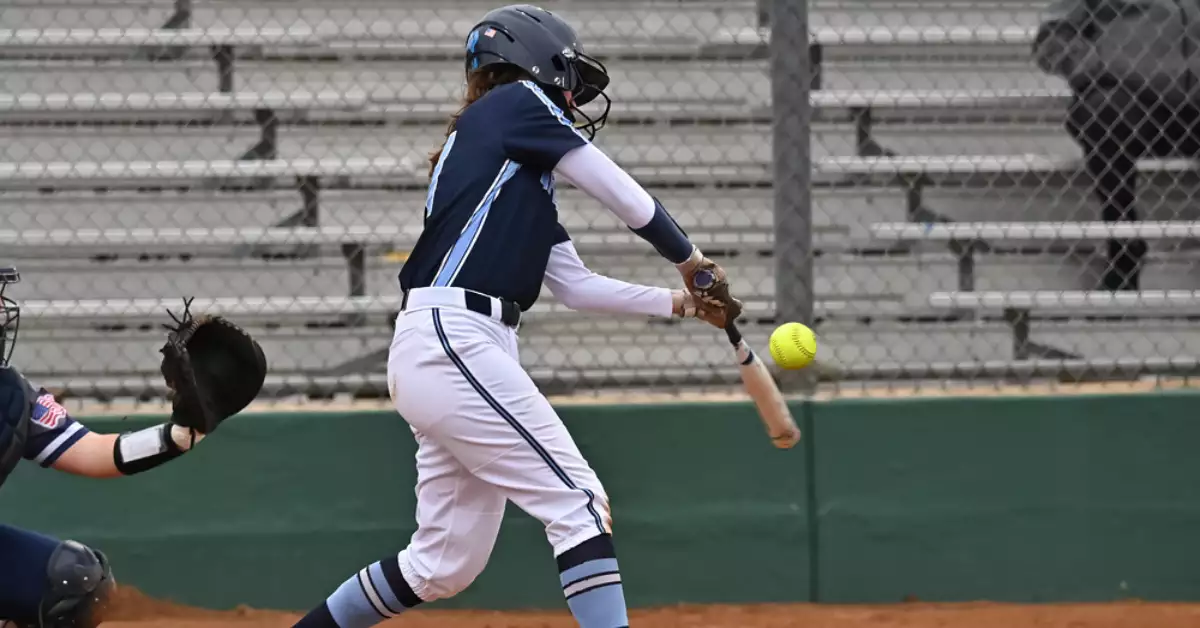
Fundamental Differences Between Softball and Baseball Swings
Bat Dimensions and Weight
Softball bats are generally lighter and have a larger barrel diameter than baseball bats. This impacts the swing mechanics, as the lighter bat allows for a quicker swing in softball, while the heavier baseball bat requires more power.
Pitching Style and Speed
In softball, pitchers use an underhand windmill motion, releasing the ball at a lower point than in baseball, where pitchers use an overhand throwing motion.
Softball pitches also tend to be slower than baseball pitches, although the reaction time for hitters is comparable due to the shorter distance between the pitcher and the batter.
Reaction Time and Adjustments
The shorter distance in softball, combined with the unique pitching style, requires hitters to adjust their swing mechanics to make solid contact. Baseball players have slightly more time to react to pitches, allowing them to generate more power in their swings.
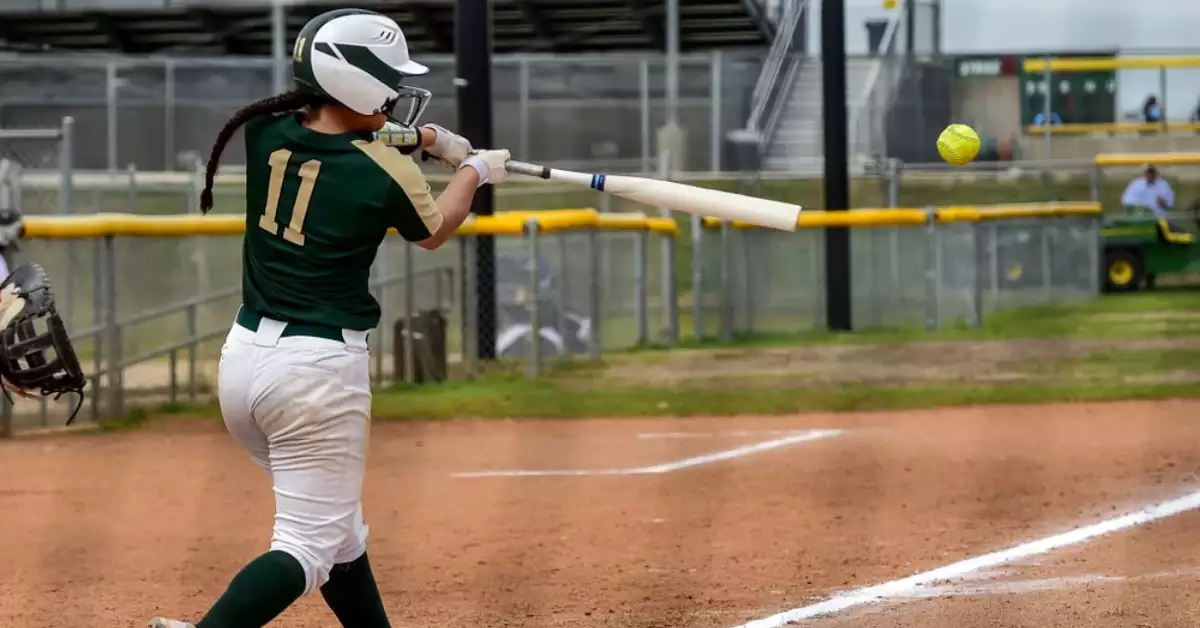
Components of an Effective Softball Swing
Stance and Grip
A proper softball stance involves slightly bending the knees, positioning the feet shoulder-width apart, and gripping the bat with the knuckles aligned. The batter should also keep their hands close to their body, with the bat angled slightly upward.
Load and Stride
In the load phase, the hitter shifts their weight to the back leg while maintaining balance. The stride should be short and controlled, allowing the batter to maintain a stable base and proper weight distribution.
Hip Rotation and Weight Transfer
As the stride is initiated, the hips begin to rotate, transferring weight from the back leg to the front leg. This generates power for the swing, with the upper body following the motion of the hips.
Contact and Follow Through
Upon contact with the ball, the batter’s arms should be extended, with the head down and eyes focused on the point of contact. The follow-through is a natural extension of the swing, with the bat finishing high and the hips fully rotated.
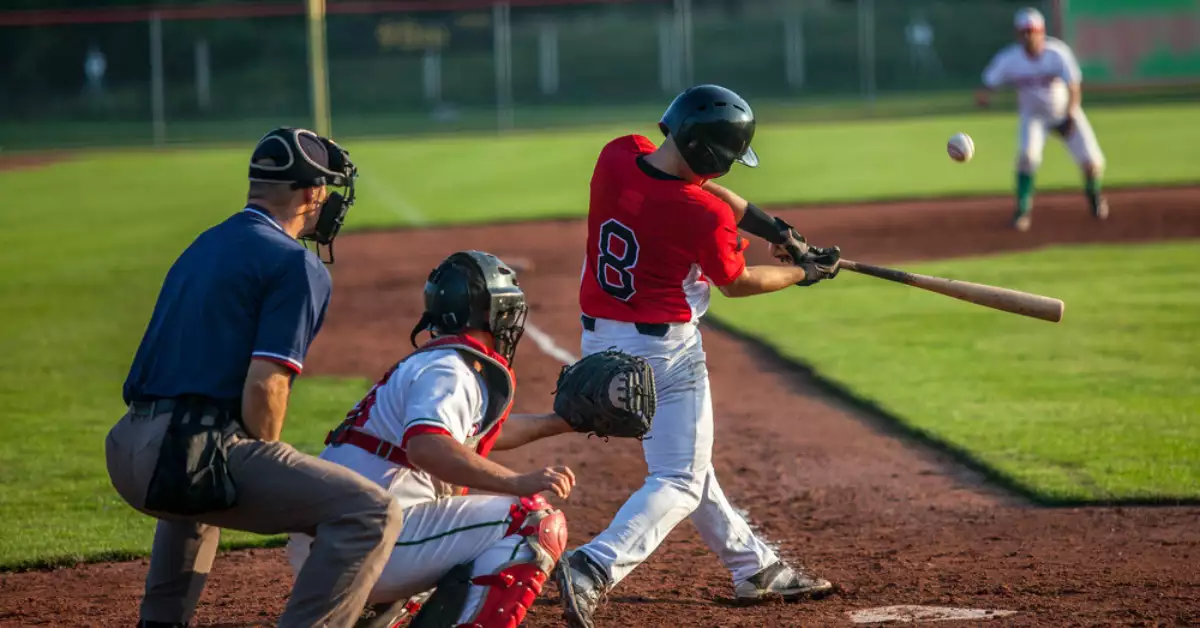
Components of an Effective Baseball Swing
Stance and Grip
A good baseball stance is similar to a softball stance, with knees slightly bent and feet shoulder-width apart. The grip should be firm, but not tense, with the knuckles aligned and the bat at a slight upward angle.
Load and Stride
The load phase in a baseball swing is also characterized by a shift of weight to the back leg. The stride, however, may be slightly longer than in a softball swing, allowing for increased power generation.
Hip Rotation and Weight Transfer
As in softball, hip rotation is a crucial component of a baseball swing. The weight transfer from the back leg to the front leg is equally important, as it drives the swing’s power.
Contact and Follow Through
At the point of contact, a baseball batter should have their arms fully extended, head down, and eyes on the ball. The follow-through should be smooth and fluid, with the bat finishing high and the hips completely rotated.
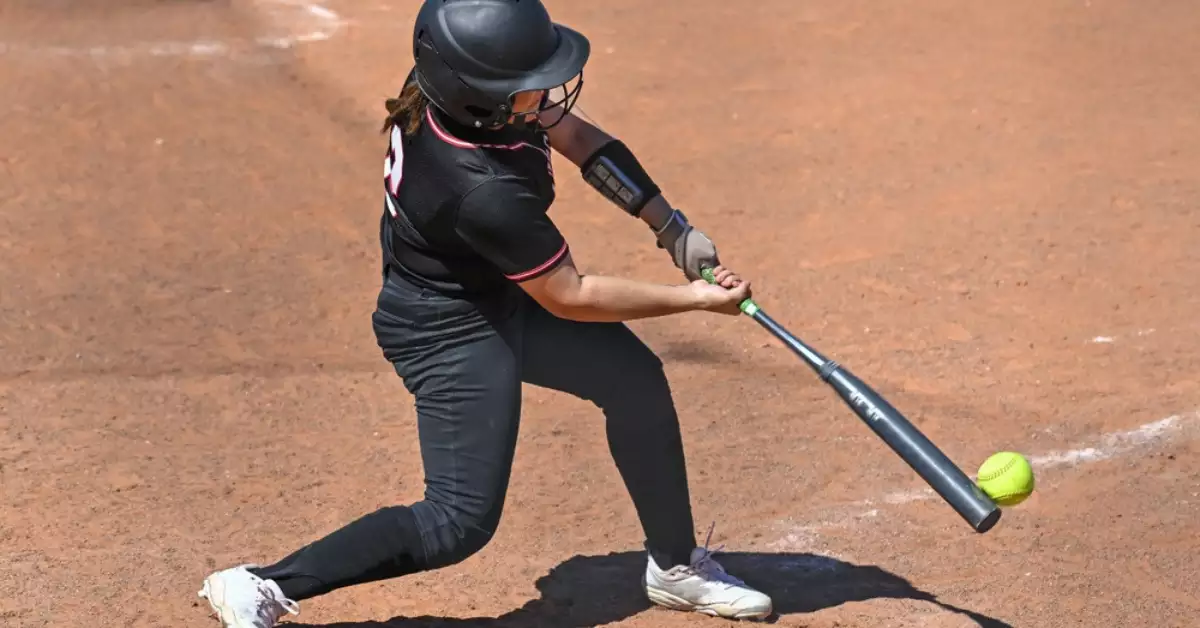
Common Mistakes in Softball and Baseball Swings
Overstriding
Taking too long of a stride can cause hitters to lose balance and decrease their ability to generate power.
Lunging
Lunging occurs when a batter’s weight is shifted too far forward, resulting in a weak swing with little power.
Casting
Casting refers to the premature extension of the arms during the swing, which can lead to a loss of bat speed and contact quality.
Training Techniques to Improve Softball and Baseball Swings
Tee Work
Hitting balls off a tee helps players focus on their swing mechanics without the added pressure of a live pitch.
Soft Toss
Soft toss drills involve a partner tossing balls underhand from a short distance, allowing the hitter to work on their timing and hand-eye coordination.
Live Pitching
Practicing against live pitching helps players develop their reaction time and adjust to different pitch types and speeds.
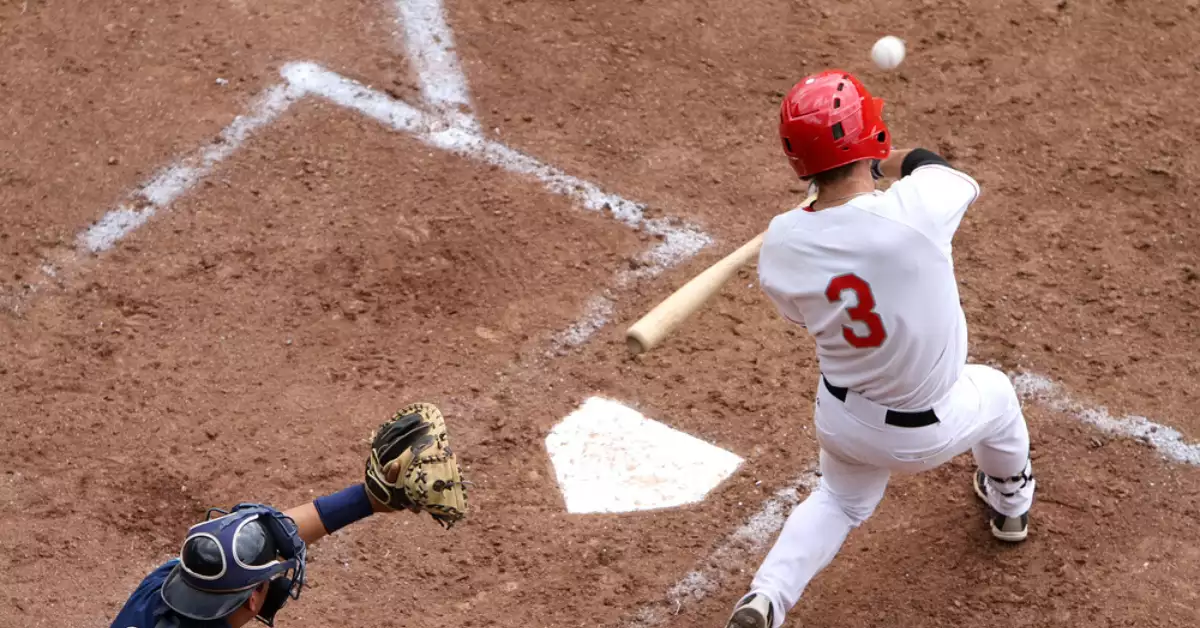
Equipment to Help Improve Swings
Weighted Bats and Doughnuts
Using weighted bats or doughnuts during practice can help build strength and improve bat speed.
Swing Trainers
Swing trainers are devices designed to help players develop proper swing mechanics and muscle memory.
Video Analysis Tools
Analyzing video footage of swings can help identify areas for improvement and track progress over time.
The Mental Aspect of Swinging
Visualization
Visualizing successful swings and at-bats can help improve a player’s confidence and focus during games.
Confidence and Focus
Believing in one’s abilities and concentrating on each at-bat are crucial for achieving success at the plate.
FAQs
Can a baseball player easily transition to softball, and vice versa?
While there are similarities between the two sports, players may need time to adjust to the differences in pitching styles, bat dimensions, and reaction times.
What is the most important aspect of a powerful swing?
The most important aspect of a powerful swing is the combination of proper mechanics, weight transfer, and hip rotation. These elements work together to generate the necessary bat speed and power for solid contact with the ball.
How can I improve my hand-eye coordination for hitting?
To improve hand-eye coordination, try practicing drills like soft toss, tee work, and small-ball hitting exercises. Additionally, focusing on tracking the ball from the pitcher’s release point to the point of contact can help train your eyes for better coordination.
Final Verdict
The softball swing and baseball swing, though appearing similar at first glance, are distinct in their mechanics and execution. Factors such as bat dimensions, pitching styles, and reaction times require hitters in each sport to adapt their swings accordingly.
By understanding the differences between the two swings, as well as the components of effective swings and common mistakes, players can enhance their performance at the plate.
Training techniques, equipment, and mental preparation all play a role in refining one’s swing, regardless of whether they are playing softball or baseball.

